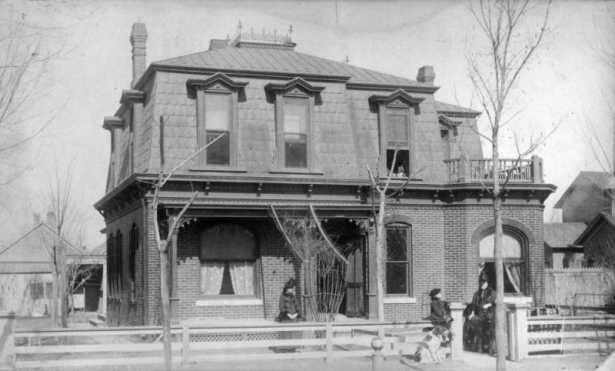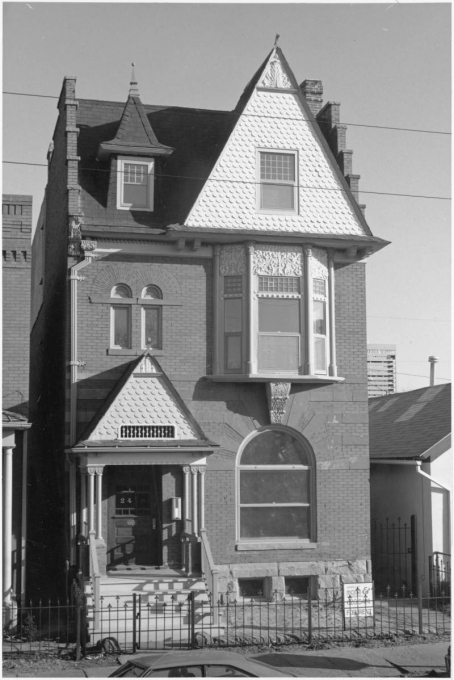During the 1870’s, Denver’s Curtis Park neighborhood, located northeast of downtown Denver, was in its heyday.
The city’s population was growing and was higher than any other city in the country at the time as Denver grew to house 106,713 people. Because of the huge growth the city saw, a housing boom occur, particularly in the Curtis Park neighborhood where a “Rocky Mountain News” reporter noted that “substantial brick residences” were being built all along Champa.

By 1887, the year Denver’s first real estate atlas was published, nearly all of the houses in Curtis Park were built by that time and featured in the publication. Denver’s real estate atlas covered the footprints of all the buildings standing in the city.
Curtis Park was home to families of different economic backgrounds like blacksmiths and grocers. It was also home to notable names like J. Jay Joslin, whose department store was in business until 1998, Judge Vincent Markham, Patrick Ford, and Isaac Gotthelf.
The diversity in people who lived in Curtis Park resulted in a diversity in housing types. Large houses and smaller ones reside in Curtis Park. And because of the diversity of the neighborhood, Curtis Park’s early days represented a period in Denver’s history where people of widely different incomes lived easily and comfortable together.

By 1890, Curtis Park’s growth began to slow when Capitol Hill was created. Henry C. Brown, who owned a lot of empty prairie land east of Broadway, offered the state of Colorado a chance to build a capitol building. Brown also eventually built the Brown Palace hotel.
With new developments underway, Lincoln, Sherman, Grant and Logan streets began to erect large houses built for the city’s wealthy population. Many of Curtis Park’s residents began to leave as a result of this because they preferred to live in an area that was mixed-income.
Outside of new development, the Silver Crash of 1893 also dramatically impacted Curtis Park. The incidents saw banks fail, and many of Denver’s wealthiest residents were negatively impacted. Because of the development of Capitol Hill and the Silver Crash of 1893, lower-income residents of Curtis Park were impacted by economic challenges, and the neighborhood lost its prestige.
In its early days, Curtis Park was mainly home to people of European descent. But by the 1920’s, Black residents and Latinos moved to the neighborhood, and both groups experienced prejudice. Japanese Americans also eventually made their way to Curtis Park as World War II ended.
Today, Curtis Park is home to a culturally diverse population and diverse architecture like Victorian mansions, flat-roofed row homes, single story, duplexes, Queen Anne-style homes, and Denver square rick homes. The area is thriving, and neighbors can take a ride on the light rail to get to downtown Denver businesses and offices.


